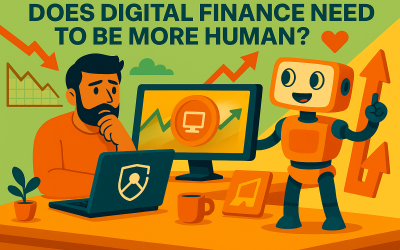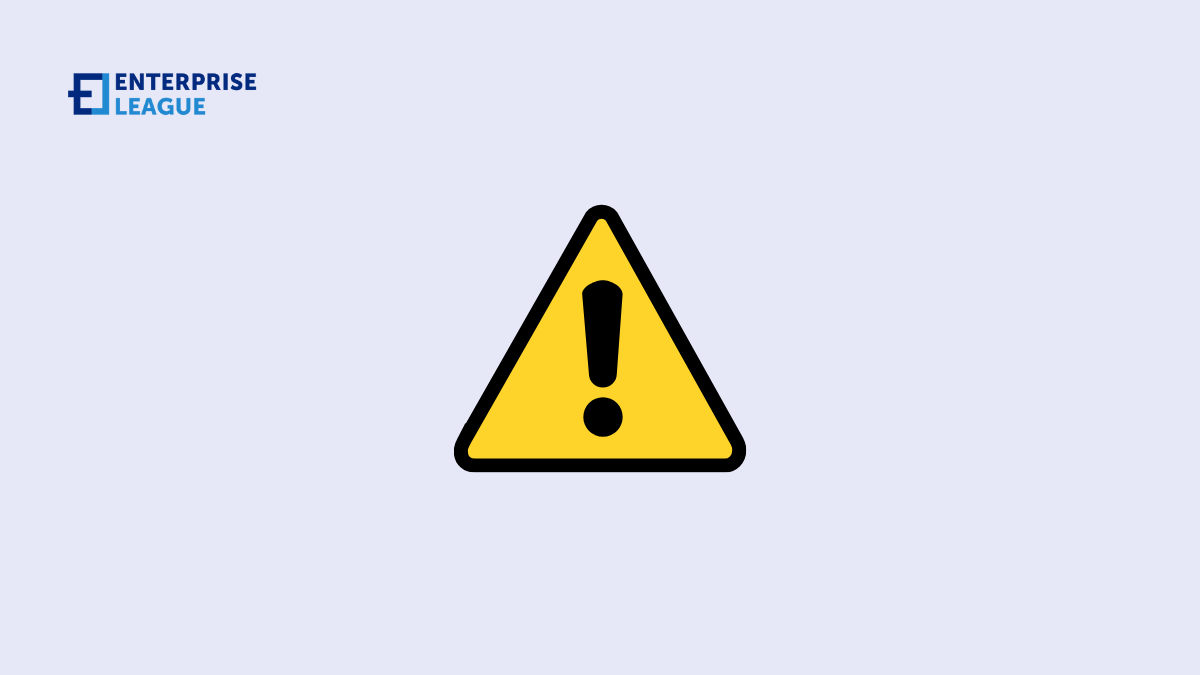Industrial operations depend on knowing where equipment, tools, and materials are at all times. New tracking systems now make it possible to monitor these assets with greater accuracy and efficiency than ever before. Looking at the companies leading this technological...

Career in the automotive industry: Everything you need to know
As children, most of us grew up dreaming of becoming car racers. While the dream turned out to be far-fetched for most, you still have the opportunity to pursue a career in the automotive industry, which is full of exciting jobs.
Of course, we accept that most of us have not had the chance to grow up and become Thierry Neuville or Lewis Hamilton, traveling around the world in pursuit of sporting silverware or glory. Most children today want to become professional Minecraft designers or YouTube stars. As modern technology has started developing to influence the cars that we drive, it is safe to say that the automotive industry is slowly developing into a career choice.
Why you should consider a career in the automotive industry?
There are many reasons to consider a career in the automotive industry, some of which include:
Changing the world
First, you should know that a career in the automotive industry is quite rewarding. With the help of your colleagues and partners, you will directly impact the lives of other people. This is because cars have become a necessity today and will remain a part of modern culture.
It will fill you with satisfaction and pride when you see a car you have helped create on a show stand or on the open road.
As of now, we are right in the middle of an ever-changing global ecosystem. Automotive technologies are being developed right in front of our eyes. With the right career, you will be able to influence future cars.
Become part of a team
When it comes to mastering a career in the automotive industry, you need to possess several important key skills. However, the most important is good teamwork; you need to play a significant role in any team if you want to deliver the results successfully.
In most automotive companies, you need to earn the respect of your team members. Hence, clear communication is a must, especially when you need to make fast decisions or articulate problems.
Job security
No matter which place you’ll reside in the future, the automotive industry will always be around. There will always be automobiles, trucks, pickups, and cars zooming past you on the highways or the streets. Therefore, you can rest assured knowing that you will always have a business or a job in the automotive industry.
Versatility
If you are looking for versatility, you can consider a career in the automotive industry. If you do not want to sell cars, the industry offers a wide range of areas you can focus on. For instance, if you like tinkering with cars, you can open your own repair garage or work as a mechanic for someone else. Or, you could start working at an established car manufacturing company and build a career in building or assembling cars.
Another career choice you have is opening a car showroom. If there are already too many showrooms in your area, you can start your business in another city or town.
You need to start exploring the available options, especially if you want to do it professionally. There have been many people employed in the automotive sector for years; however, it did not begin as a dream. Most of these individuals kept working hard and improving their skills to become what they are today.
There are many interesting careers in the automotive industry, like showroom manager, repair shop owner, service technician, paint technician, machinist, mechanical engineer, etc.
Personal and career growth
Since the automotive industry greatly depends on technology, there will always be changes. When it comes to building your career, you will have the opportunity to keep learning, improving, and growing. There are various training programs and workshops that you can check. You can even opt for designated schools.
The automotive industry is such that there is always room for growth, particularly if you are dedicated, hard-working, and highly skilled. As you move ahead in your professional journey, you will keep discovering many opportunities.
Amazing salary packages
If you are motivated by money (no, we are not saying it is a bad thing!), then a career in the automotive industry may be right for you. On average, the annual salaries of automotive professionals are anywhere between $50,000 and $110,000. If you occupy a high post in an automotive company, your salary can easily cross $300,000.
Of course, the salaries will depend on the type of career path you are following. The figures mentioned above are just common averages. While these salaries are nothing compared to those of a millionaire, it is certainly more than enough to guarantee a steady life.
What are some types of careers in the automotive industry?
There are many types of careers in the automotive industry; some include:
Data science
Data science is one of the most important jobs in the automotive industry. In this role, your primary goal is to improve the efficiencies of different stages to provide better customer satisfaction and safety, like cost reduction, improvement of the production cycle, etc.
Research
As we know, there has been quite an amazing growth in the automotive industry. The industry is constantly changing and requires efficient resource management. In such cases, research can help look at issues from various angles to provide the most effective solution.
Designing
Of course, cars need to look amazing. However, they need to be robust. While the car’s design might not require a lot of technical skills, you will still have to fit all the dimension parameters and calculations on the car. As a skilled design expert, you will go far in the automotive industry.
Production
As you can guess, the production department is responsible for all the heavy lifting in the automotive industry. This is the place where the brains of the operation meet the brawns. All concepts and designs of the automobiles come to life in this part. If you want to get into the production role, you need to be a qualified mechanical engineer first.
Conclusion
As you can see, a career in the automotive industry is quite promising. The paycheck is great, and your career and personal life will become steadier. However, like all types of careers, you will have to work hard in this industry to make it big. If you have any questions regarding this article, please drop them in the comment section below.
More must-read stories from Enterprise League:
- The golden rules you need to build a steady buyer-seller relationship.
- Educate and entertain yourself with the best business movies.
- The importance of customer-focused strategy for your business.
- A list of 20 tips on how to beat procrastination at work.
- 20 business role models to inspire your entrepreneurial spirit.
















